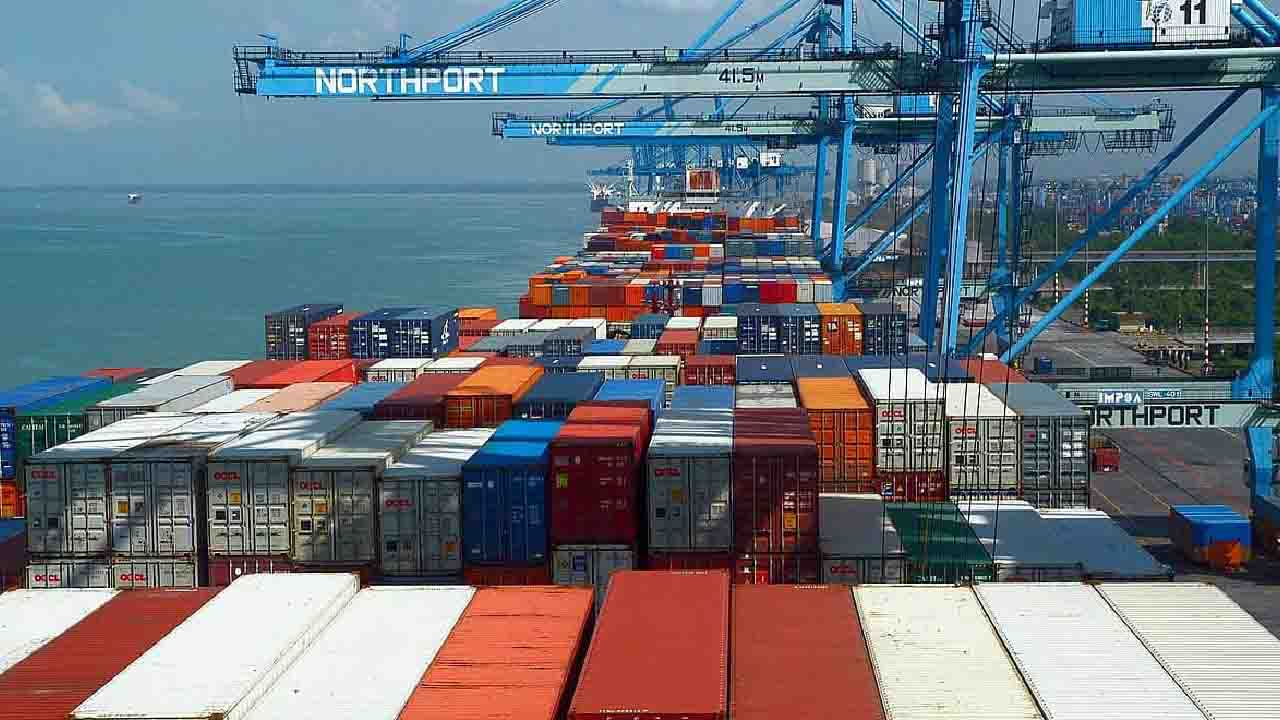Meanwhile, imports of intermediate goods, which accounted for 48.8% of total imports, fell by 9.9% year-on-year in March 2023. This was mainly due to lower imports of processed industrial supplies, particularly petroleum products and plastics. Imports of capital goods also declined, reflecting lower investment activity in the country.
Despite the decline in both imports and exports, Malaysia’s trade surplus continued to widen, reflecting lower demand for imports due to slower economic activity and supply chain disruptions caused by the COVID-19 pandemic. The decline in imports also helped to cushion the impact of falling exports on the country’s trade balance.
Looking ahead, the outlook for Malaysia’s trade sector remains uncertain, as the global economic recovery from the COVID-19 pandemic continues to be uneven and uncertain. The ongoing trade tensions between major economies such as the United States and China, as well as rising protectionism and geopolitical risks, could also weigh on global trade and Malaysia’s exports.
In response to these challenges, the Malaysian government has announced several measures to support the country’s trade sector, including increasing investment in infrastructure and digitalization, promoting exports of higher value-added products, and strengthening partnerships with other countries.
The government has also introduced several initiatives to support small and medium-sized enterprises (SMEs), which account for over 98% of all businesses in Malaysia and play a vital role in the country’s trade sector. These initiatives include providing financial assistance and training programs to help SMEs improve their competitiveness and access new markets.
In addition to these measures, Malaysia is also seeking to expand its trade partnerships and diversify its export markets. The country has recently signed free trade agreements with several countries, including China, Japan, and Australia, and is actively pursuing new trade deals with other countries.
Overall, while Malaysia’s trade surplus widened in March 2023, the decline in both imports and exports highlights the challenges facing the country’s trade sector. In the face of these challenges, the government’s efforts to support the sector and promote diversification of export markets will be critical in ensuring continued growth and prosperity for the country.








